Loops in music are the backbone of many modern tracks, providing that repetitive foundation that listeners often groove to.
These continuous playbacks can elevate your music, creating catchy rhythms and memorable motifs.
However, without knowing how to properly incorporate and manipulate them, you run the risk of your tracks sounding monotonous or generic.
In today’s article, we’ll be breaking down:
- What are loops in music ✓
- A brief history of loops ✓
- The science behind creating a loop ✓
- Popular loop types ✓
- How to creatively manipulate loops ✓
- Crafting your own unique sound using loops ✓
- Advanced tips, tricks, and techniques about loops ✓
By the end of this article, you’ll have the know-how to weave loops into your tracks seamlessly.
You’ll be able to manipulate them with confidence, ensuring each loop complements your musical vision.
This way, you’ll never have to ask yourself “what are loops in music” again.
So, let’s dive in…
Table of Contents
A Brief History of Loops/Looping
The evolution of loops is a fascinating journey that mirrors the growth and transformation of music itself.
So, before we dive in, let’s take a nostalgic trip down memory lane.
It’s essential to understand their origins in order to really grasp what are loops in music.
-
Tape Loops & the Analog Era
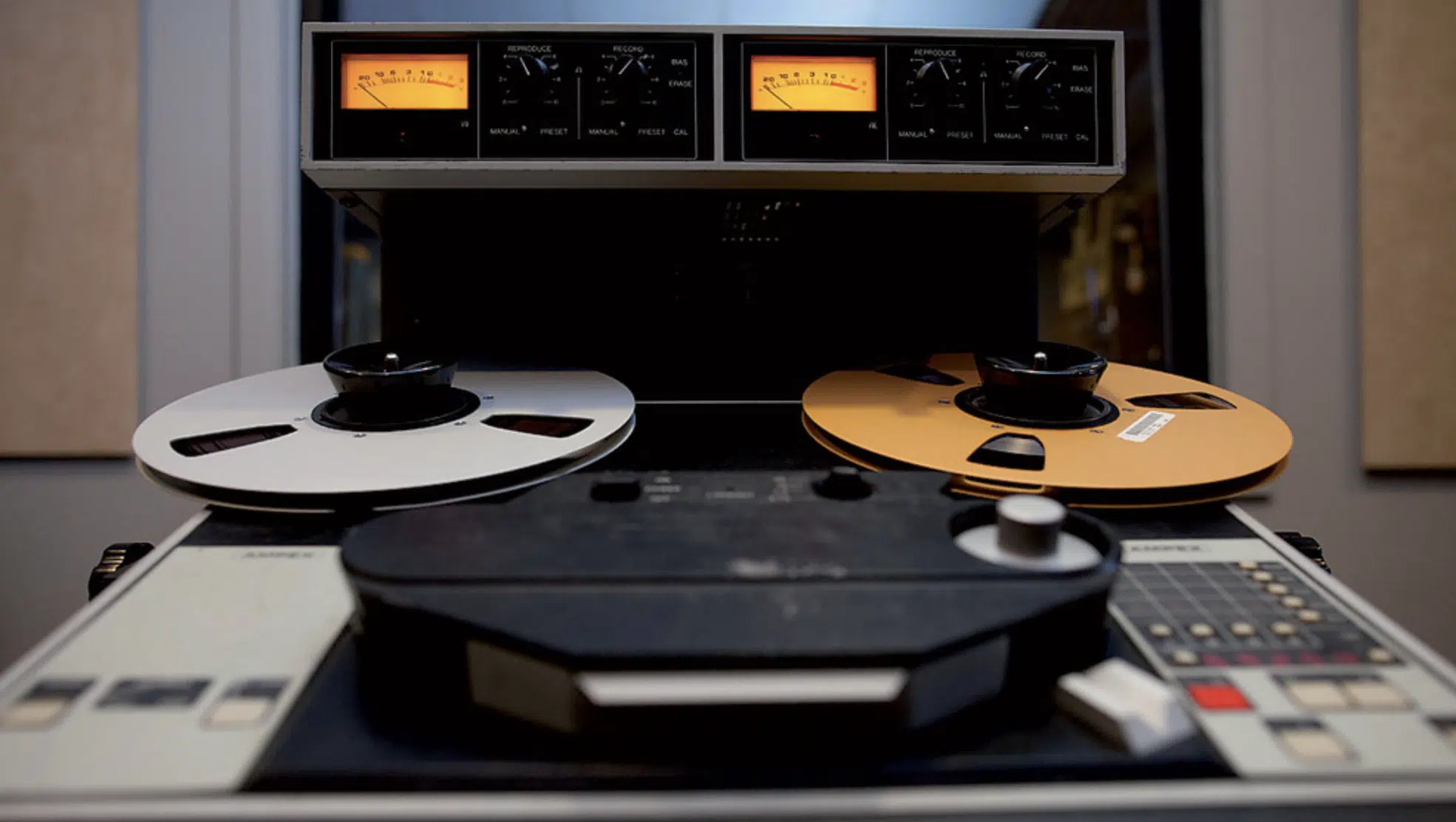
Tape loops, a technique where a section of magnetic tape is repeatedly played back, revolutionized the way sounds were used in the early days of music production.
The magnetic tape loop allowed for repetitions, offering musicians the freedom to experiment with recurring motifs.
This era produced artists who played with analog tape and tape machines alike.
They spliced sounds and manipulated them to create distinct and hypnotic musical patterns.
These loops were quite literally physical loops of tape 一 circulating through a tape machine.
The beauty was in the:
- Imperfections
- Slight variations
- Occasional warble
- Warmth of the analog sound
The inherent limitations of these physical tape loops inspired some of the most innovative soundscapes of the time.
Needless to say, without those initial music production enthusiasts, we wouldn’t have all the digital tools of today.
-
The Digital Revolution of Looping in Music Production
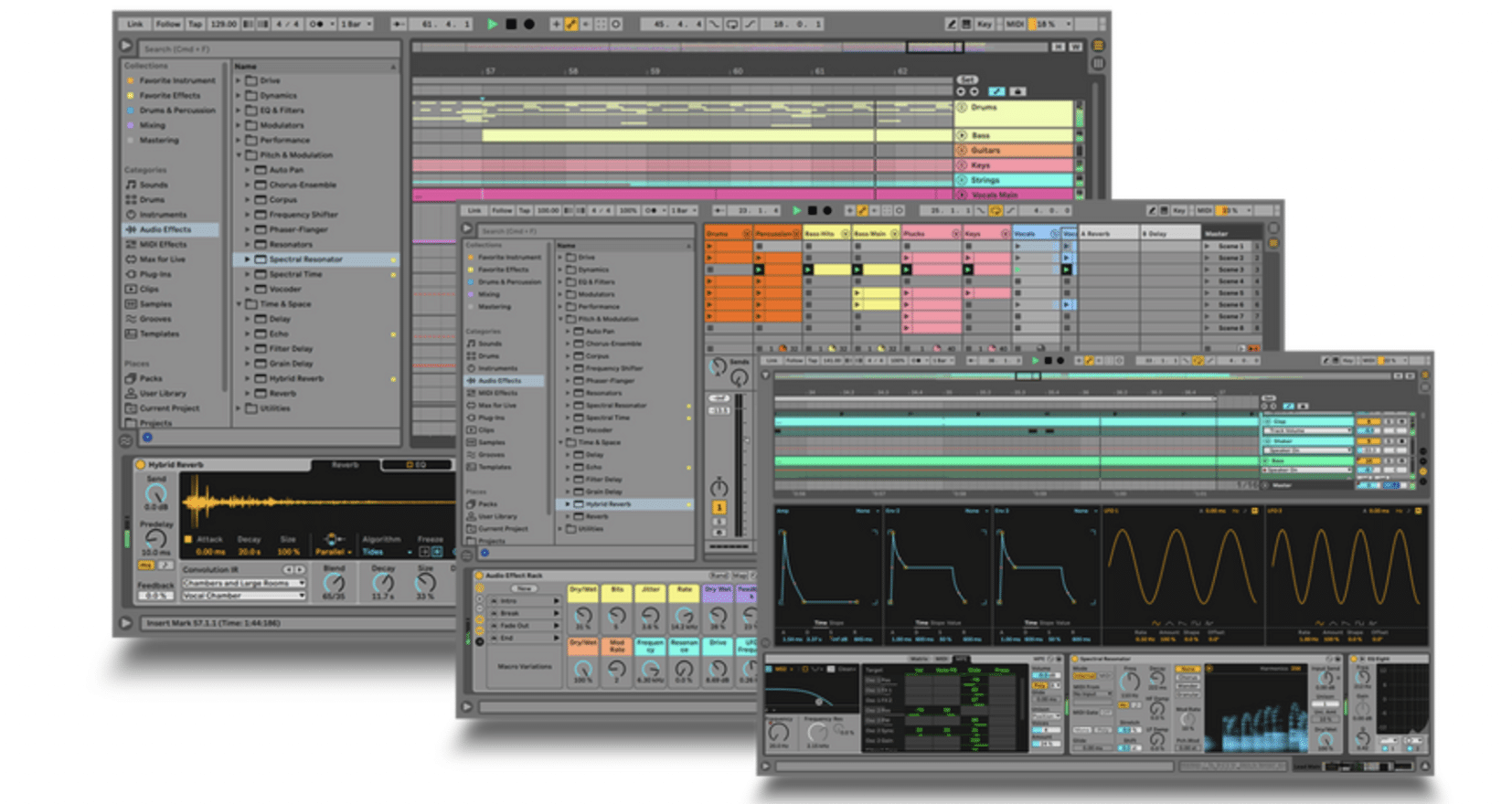
The advent of the digital age, with the introduction of Digital Audio Workstations (DAWs) like Ableton Live, has transformed the process of looping.
Now, you have the tools that could create and manipulate loops with:
- Precision
- Efficiency
- Endless possibilities
Sampling devices and digital methods of looping music took center stage 一 making the looping process more accessible and expansive.
Hip hop artists and electronic music producers were among the first to grasp the potential of these new tools.
Today, looping is integral to making music (especially in hip-hop, trap, and pop).
Digital tools, like your digital audio workstation, have made it possible to manipulate sounds in ways that were once thought impossible.
It blends the boundaries between genres and gives rise to brand new soundscapes, whether it’s one instrument, other instruments, or when you start recording.
The Science Behind a Loop
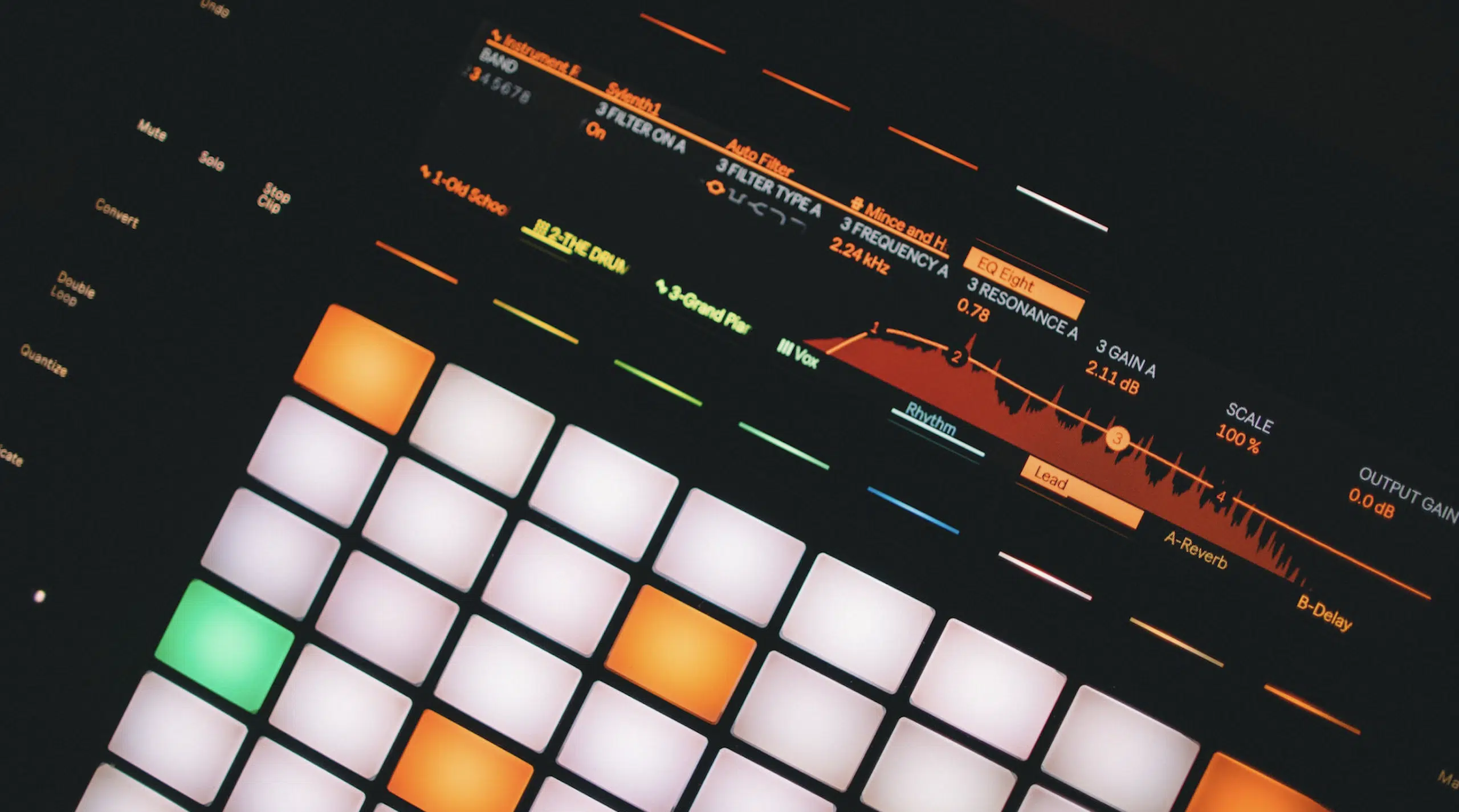
Looping might sound simple, but, when you’re learning what are loops in music, there’s a lot of complexity hiding beneath the surface.
So, let’s get into what are loops in music and how loops work so you can get the full picture.
A loop, at its core, is a repeating section of sound material.
This sound can be:
The versatility of loops is what makes them such a powerful tool in music production.
When you hear a catchy drum loop or a memorable bass line in popular music, it’s a result of carefully selected and refined sound material.
The length, tempo, and key signature of the loop all play a crucial role in its effectiveness.
The process of choosing the right sounds and refining them for your track is both an art and a science.
It requires a deep understanding of the elements of sound and a keen ear for detail.
The Role of Key Signatures & Patterns
When crafting or incorporating looping into your tracks, knowing the role of key signatures and patterns is crucial.
It’s like speaking the language of music, and ensures your loops resonate (harmoniously) with other conflicting elements in your song.
Understanding these factors are key to grasping what are loops in music.
-
Key Signatures

Every loop operates within a specific key signature…
This provides a tonal center 一 guiding which notes will sound consonant and which will introduce tension.
When you’re aware of the key signature of your loop, you can integrate it smoothly with melodies, bass lines, and harmonies in the same key.
Think of it as ensuring all the pieces of a puzzle fit together perfectly.
-
How to Create Loops with Patterns
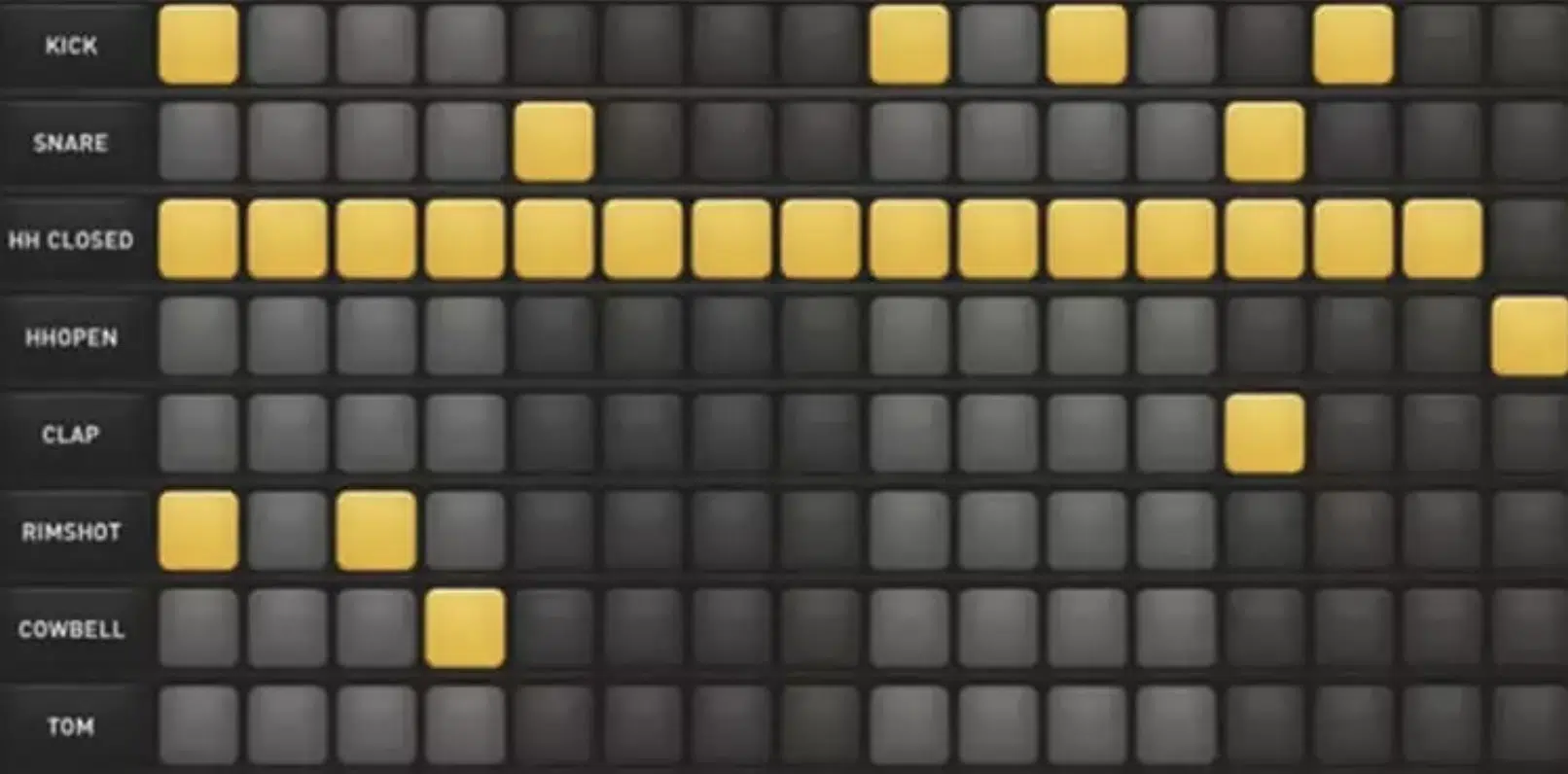
Patterns in music are repeating sections of sound that provide predictability and structure.
A loop, by nature, is a pattern.
Therefore, recognizing the inherent looping patterns helps in layering and structuring your song.
For instance:
- A drum loop 一 Might have a specific drum fill every fourth repetition.
- A bass line 一 Might have a unique groove that recurs.
Being aware of these patterns allows you to anticipate and play with listener expectations; crafting a more engaging musical journey.
If you’d like to know all about drum patterns specifically, we divulged all the industry secrets.
-
Breaking the Monotony With Your Own Loops
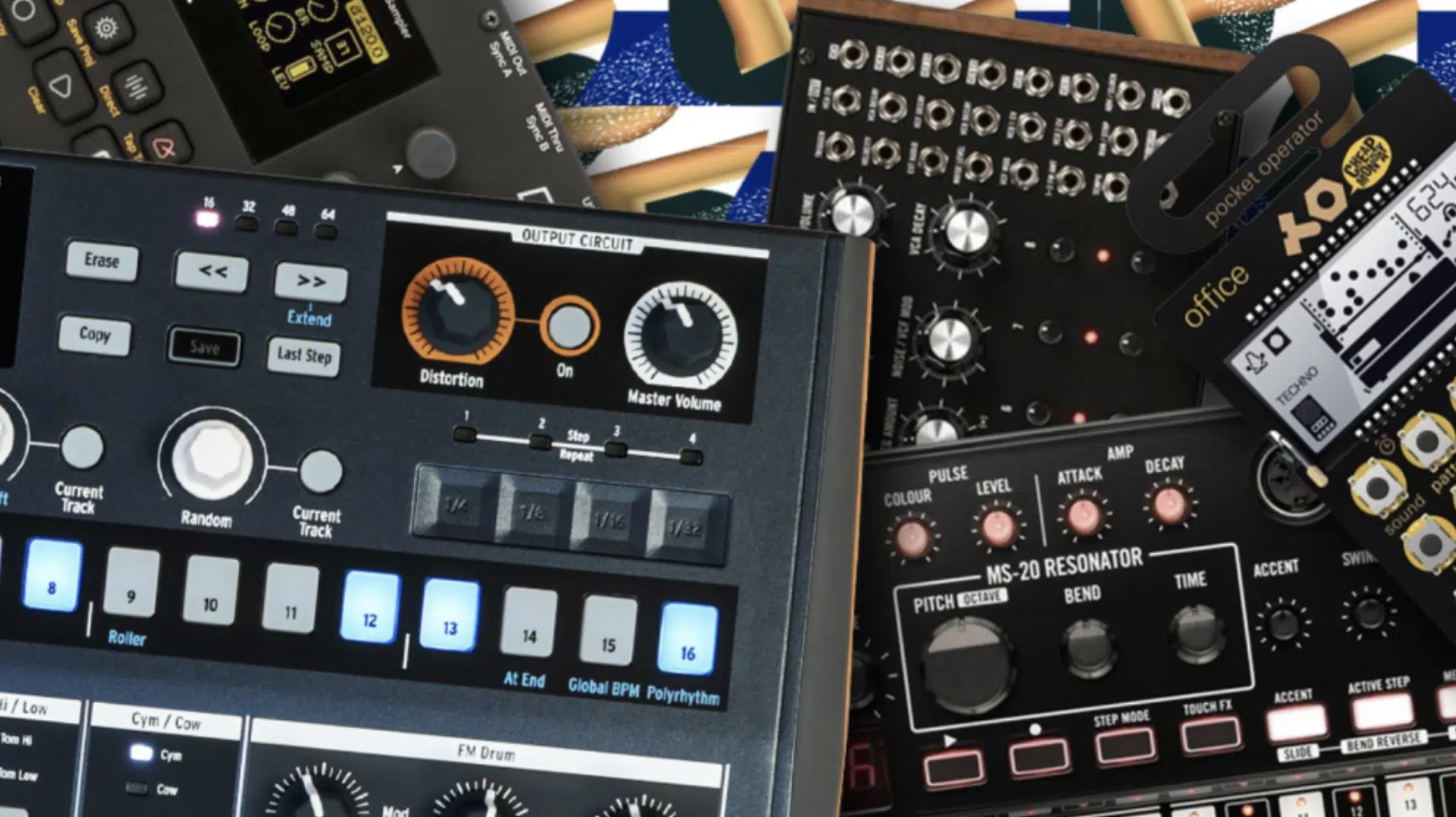
While recognizing patterns is essential, breaking them occasionally can introduce delightful surprises in your beats and tracks.
It could be as simple as changing a note in a melody loop or introducing a new sound in a drum loop.
This not only keeps your music fresh but also captivates your listener 一 making them eager to hear what comes next.
When you loop music, make sure to always get creative and experiment with different techniques, so you won’t have the same loop as your competitors.
Yes, even if you’re using the same loop from the same sample pack to create songs.
-
Harnessing Looper Pedals & Stations
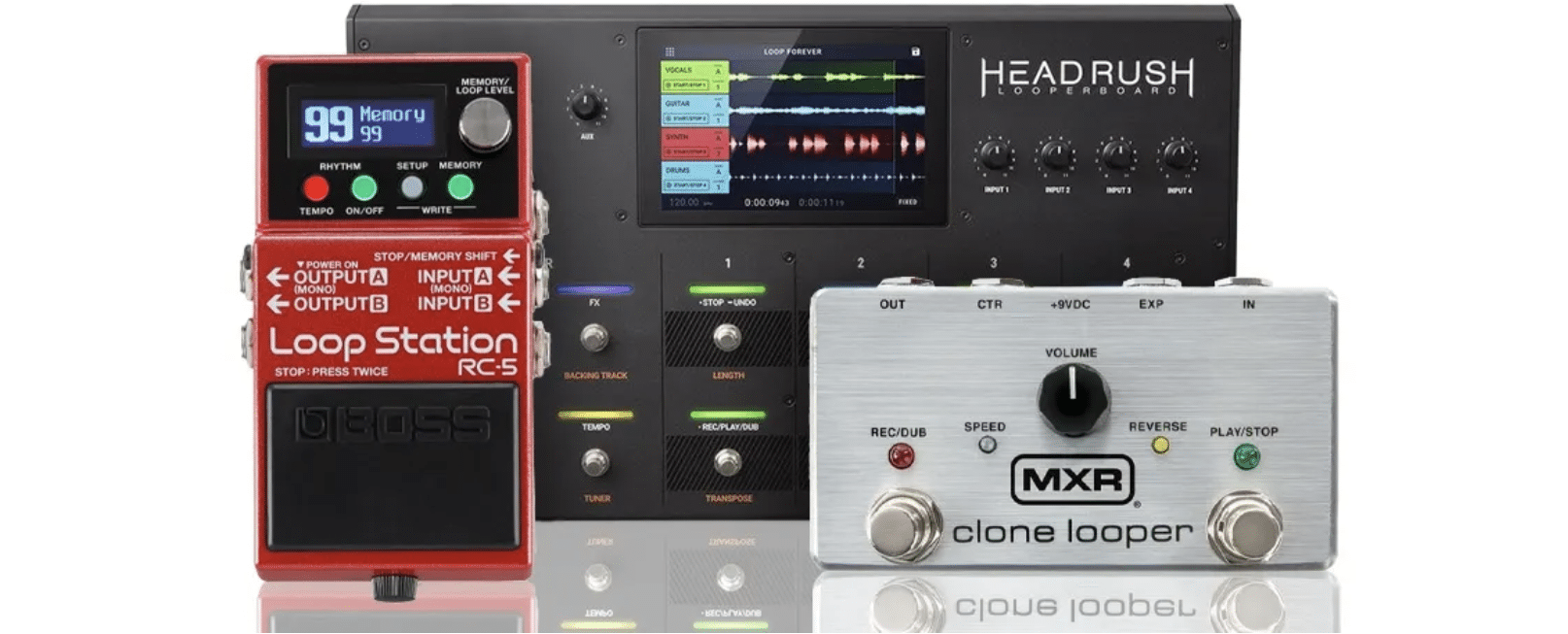
While DAWs are a staple in the studio, a looper pedal and/or a loop station have become indispensable tools for live looping performances.
A looper pedal (and other hardware looper formats) allows you to layer sound in real-time.
This way, you can create rich sonic landscapes on the fly.
Popular among solo performers, looper pedals give artists the flexibility to build an entire song from scratch in front of a live audience, showcasing their creativity and skill.
Popular Loop Types & How To Creatively Manipulate Them
From the pulsing beat of drums to the rhythmic charm of vocals, loops have an integral role in shaping the sonic texture of a track.
As we journey through the different types of loops, we’ll delve into techniques to manipulate and enhance them for a more unique sound.
-
Drum Loops
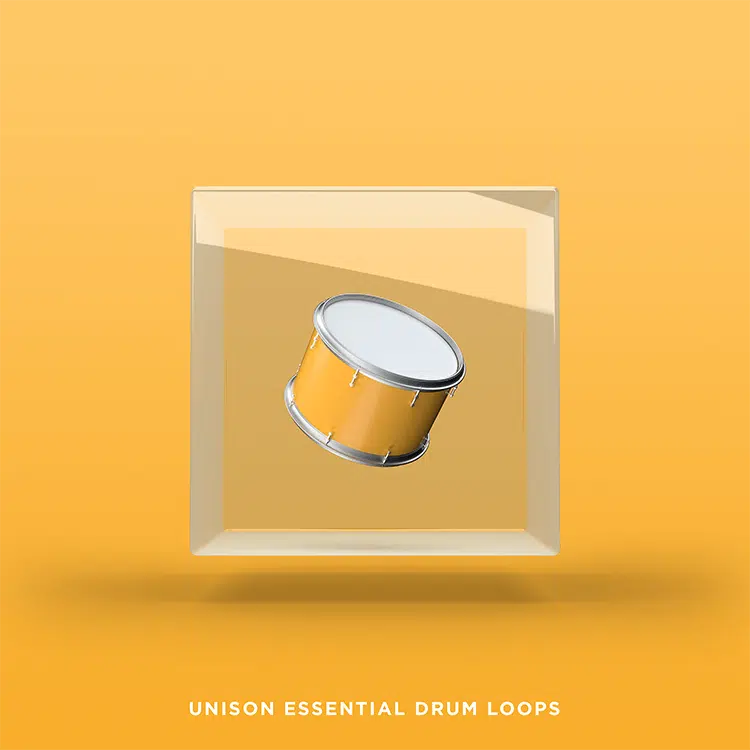
Drum loops are the rhythmic backbone of many tracks.
Spanning across genres (from rock to hip-hop) the beat sets the pace, mood, and energy of the song.
A track’s entire vibe can be transformed just by tweaking its drum loop 一 which highlights the loop’s crucial role.
You can achieve varied textures and dynamics simply by:
- Adjusting the drum loop’s tempo
- Introducing breaks
- Overlaying with different percussive sounds
Looping techniques like reversing a drum sound or applying audio effects such as reverb or delay can also bring out a unique character in the loop.
-
Melody Loops

Melody loops often dictate a song’s identity.
Whether it’s a haunting piano sequence or a catchy synthesized pattern, these melody loops capture the listener’s attention and evoke emotions.
A melody loop can be transformed using:
- Pitch modulation
- Time-stretching
- Slicing
This way, they can fit different song structures.
Adding effects like chorus or phaser can also give the loop a distinct flavor 一 turning a familiar sound into something completely fresh.
Daft Punk, known for their unique use of loops, often take a simple melody and repurposes it, adds layers and effects; making it central to their tracks.
Their ability to transform samples and loops into unforgettable melodies is an art form in itself.
-
Bass Loops
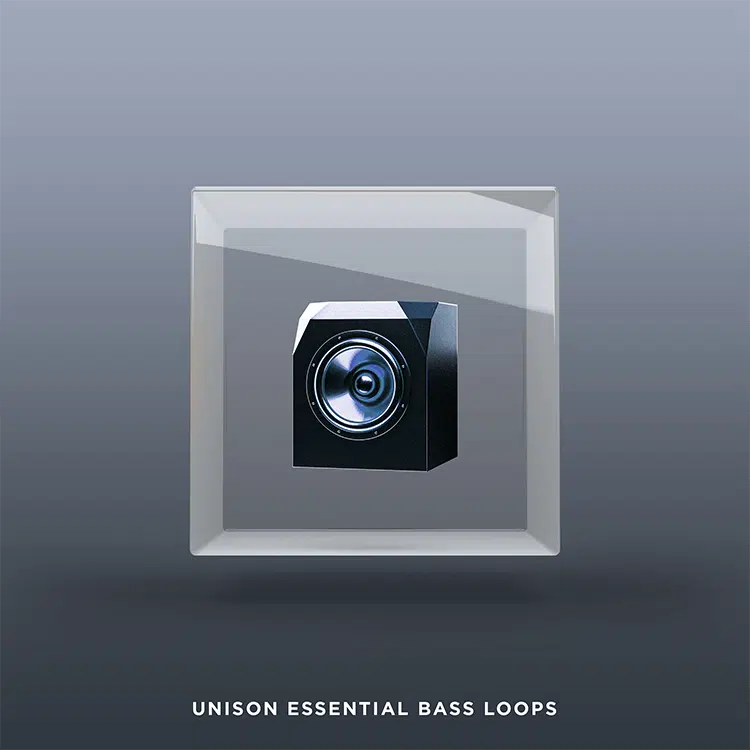
Bass loops give depth to any given track.
The thumping undertone or the groovy slap bass lines not only support the melody but often become the unsung hero of many hit tracks.
This is particularly true when it comes to funk, R&B, and hip-hop.
NOTE: Try tweaking the bass loop’s EQ to emphasize or diminish certain frequencies.
You can turn a simple bass line into a powerful driver of a song’s energy by:
- Layering
- Incorporating distortion techniques
- Synthesizing
The iconic bassline from Queen’s “Another One Bites the Dust” is a perfect looping example.
Though not a loop in the traditional sense, its repetitive nature and infectious groove showcase the power of a well-crafted bass sequence.
If you’d like to learn all about how to EQ bass, we’ve got you covered!
-
Vocal Loops

Vocal loops add a human touch to electronic music.
Even outside of lyrics, the human voice has an emotive quality 一 turning simple chants, hums, or refrains into powerful motifs in a track.
You can turn a familiar voice into a unique sound with techniques like:
- Vocoding
- Auto-tuning
- Layering multiple vocal tracks
Manipulating pitch or rhythm can also add an unexpected twist to a vocal looping.
Justin Timberlake’s “Cry Me a River” contains a haunting vocal loop in its background, adding depth and emotion.
It’s a prime example of how a subtle vocal element (when looped, chopped, or layered) can become an integral part of a song’s soundscape.
Crafting Your Own Unique Loops
The art of looping is not just about using existing loops.
As a digital music producer, particularly in the hip-hop sphere, crafting your own loop is an adventurous journey that can define your unique sound.
Here’s how you can infuse your identity into every looping decision you make.
-
Sampling, Recording, and Originality
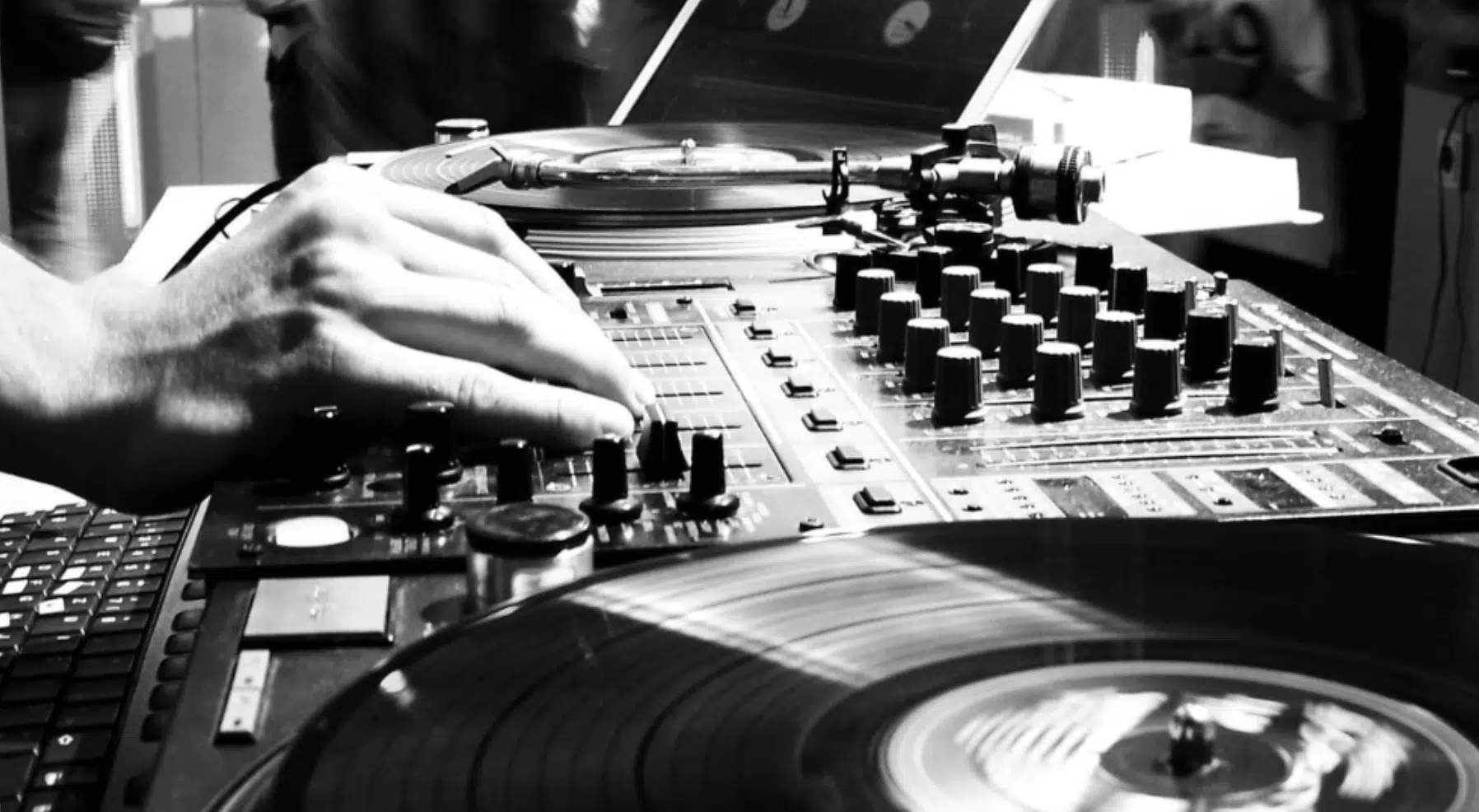
Sampling devices and digital audio workstations allow you to grab snippets of sound from various sources, whether it’s:
- Old records
- Nature
- Daily life
Hip-hop artists have long used samples to infuse a touch of nostalgia or a particular emotion into their tracks.
With recording, the world becomes your playground…
From the ambient sounds of a bustling city to the quiet rustle of leaves, these recorded sounds can be your raw material.
Processing and layering them can give birth to some extraordinary loops.
NOTE: While sampling is a vast reservoir, always be wary of impending copyright issues.
Using royalty-free loops, or better yet, creating your own, ensures you’re adding something truly unique to the world of music.
If you want to learn everything about royalty-free samples and copyright issues, we break it all down.
-
Standing Out in the World of Loops
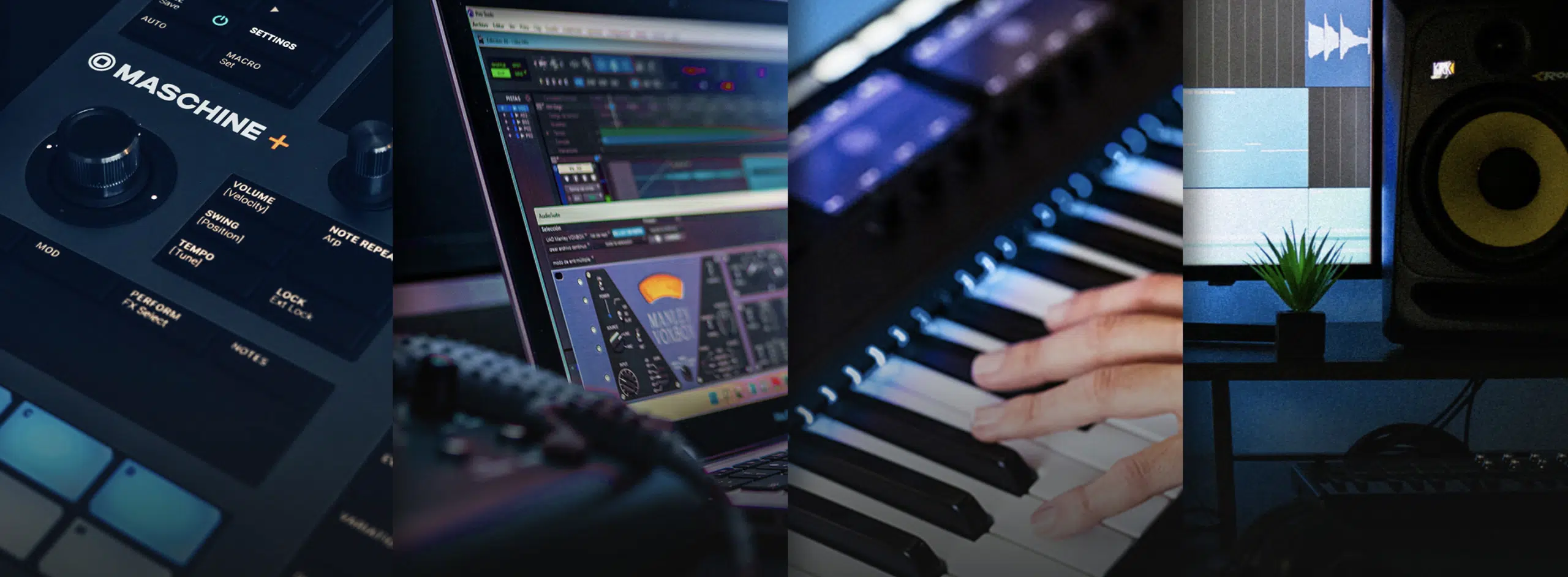
Ever noticed how certain producers have a signature sound?…
Well, that’s a blend of their chosen instruments, techniques, and of course, loops.
Picking sounds that resonate with your looping style can be your ticket to standing out.
Music production is an evolving field, with new tools and techniques constantly emerging.
While it’s essential to stay updated and integrate these into your workflow, remember to retain the essence of ‘you’ in the music.
Working with other musicians, vocalists, and producers can lead to fresh perspectives.
Such collaborations can result in unique looping techniques that neither would have thought of individually.
Advanced Tips On Getting Creative With Loops
As a music producer, diving deep into the world of loops allows you to venture into uncharted territories of sound.
While the basics are vital, these advanced tips can further enhance your tracks, and offer a unique touch that stands out in today’s music landscape.
#1. Granular Synthesis
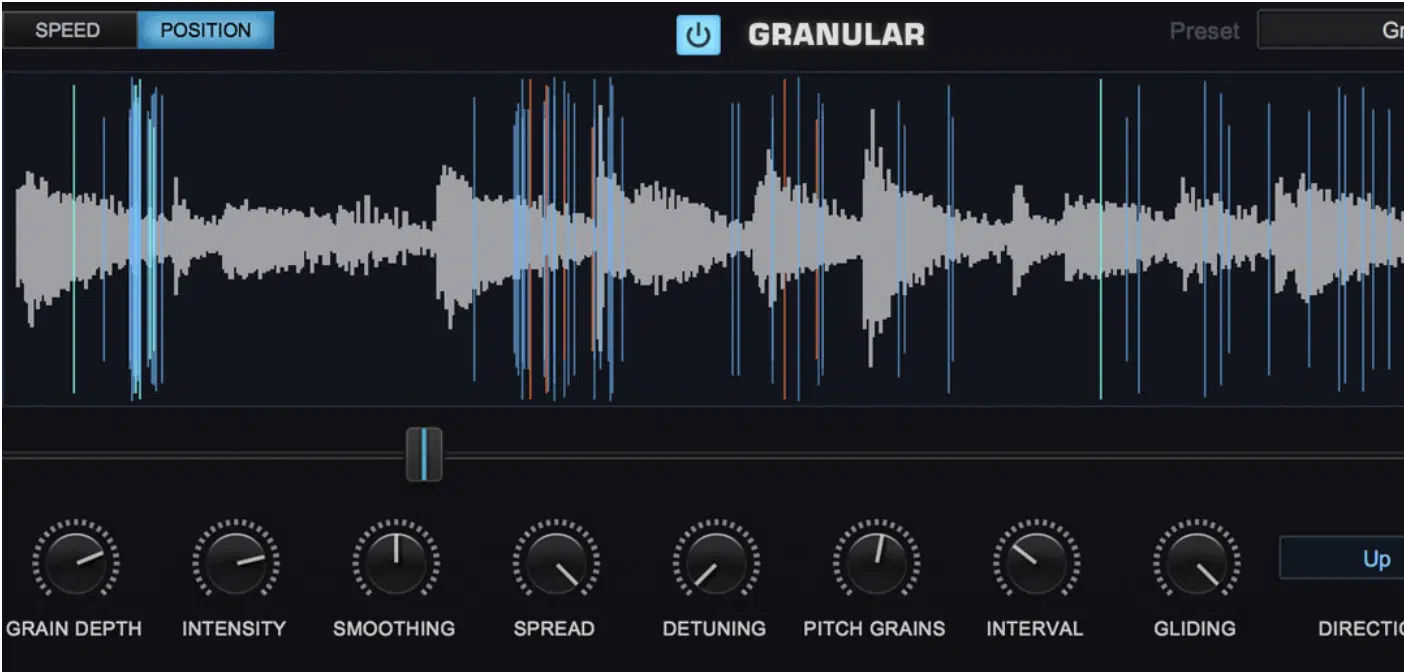
Granular synthesis is an advanced looping technique where loops are broken down into tiny grains or snippets.
By manipulating these grains 一 changing their pitch, volume, or play speed 一 you can achieve super surreal soundscapes.
Imagine taking a vocal loop and turning it into an ambient texture or a rhythmic drum pattern.
With granular synthesis, your loops become malleable sonic clay.
Meaning, the possibilities are truly endless.
#2. Layering Loops from Various Genres
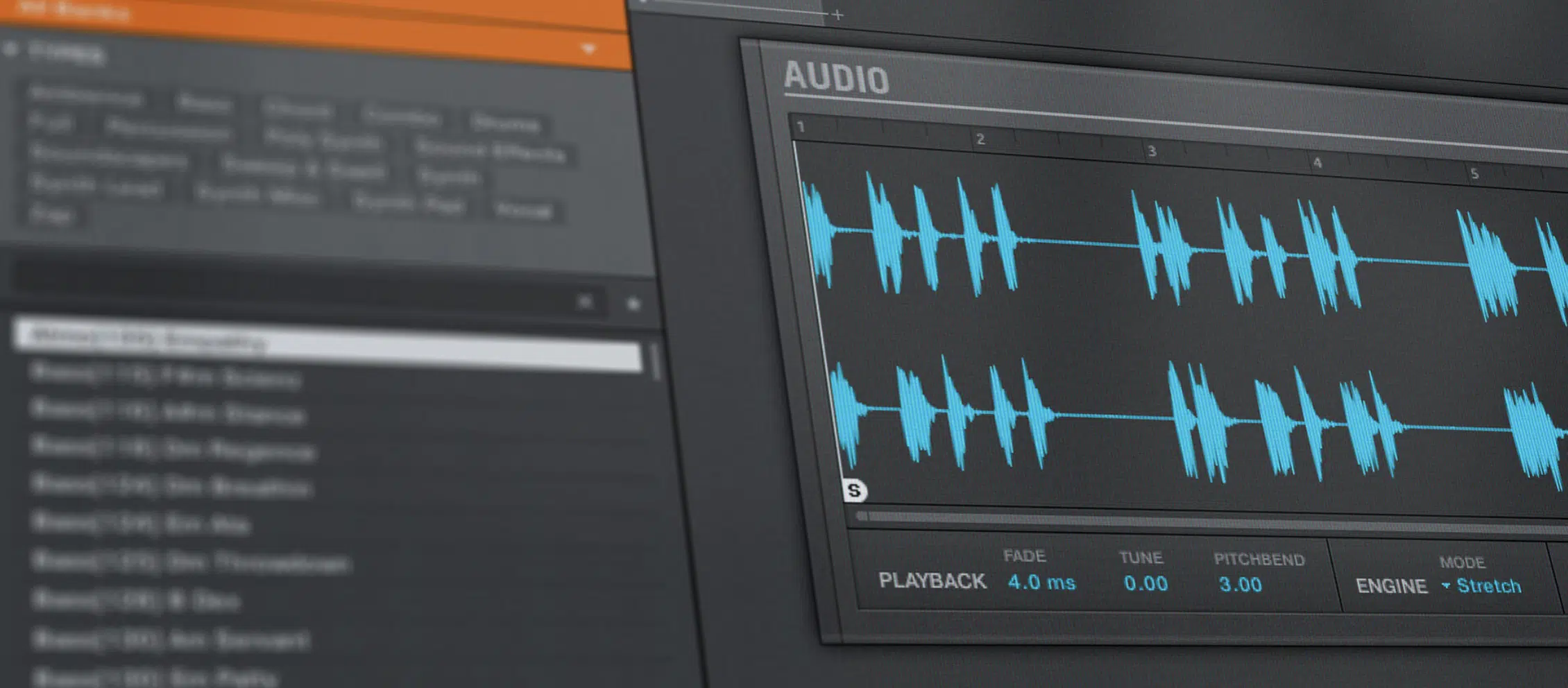
Combining a loop from hip-hop with one from classical or jazz can yield unexpectedly harmonious results.
It not only introduces complexity but also bridges genres 一 offering listeners something familiar yet refreshingly new.
It doesn’t even have to be from the same era of music (reference Uptown Funk).
NOTE: Just ensure the key signature and tempo match, or be ready to make adjustments.
#3. Introducing The Time Lag Accumulator
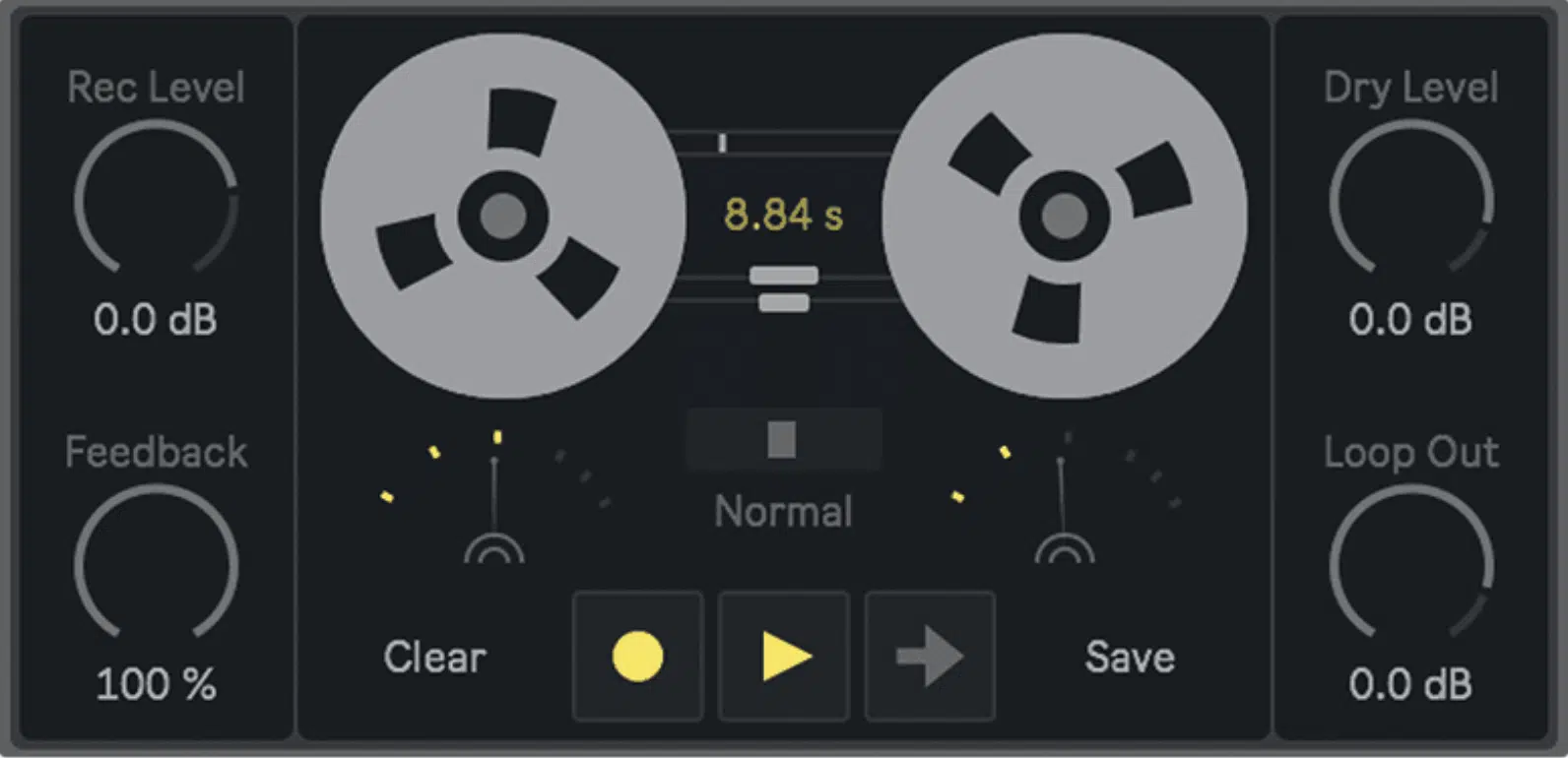
Time Lag Accumulation is a looping technique where a loop is played simultaneously on two devices.
One device is slightly delayed, creating a cascading echo effect.
It was popularized in the tape era, but with today’s digital audio workstations, you can recreate this looping technique to add depth/space to your tracks.
#4. Use of Effects Chain
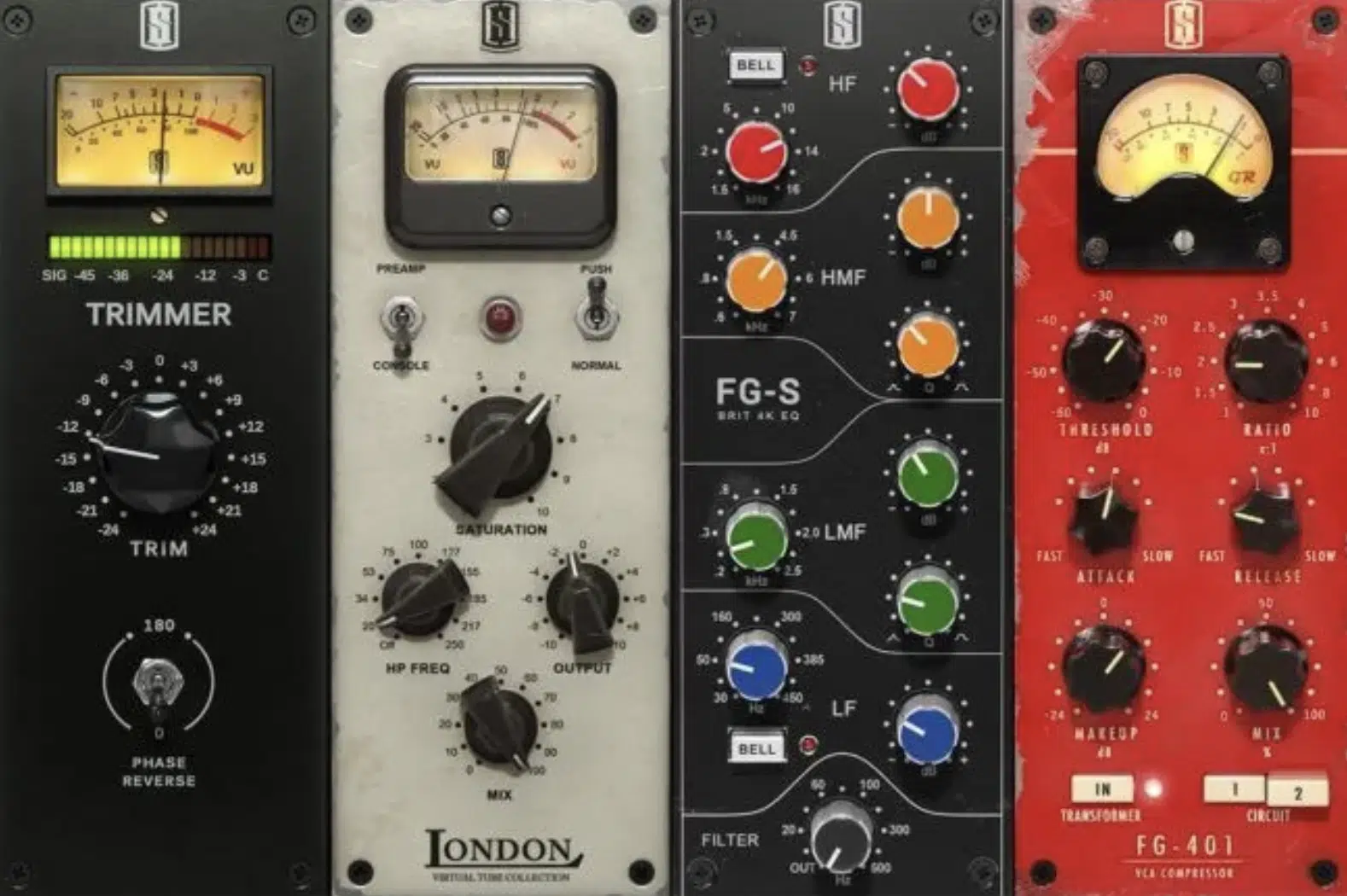
Don’t just rely on a loop’s raw sound, create an effects chain specific to your loop.
A simple drum loop can be transformed using:
- Reverb
- Delay
- Bit-crushing
- Reversing methods
Tweaking parameters in real-time while recording gives your looping a dynamic, evolving character.
Needless to say, you can integrate this technique in order to help your tracks stand out.
#5. Resampling Your Own Loops
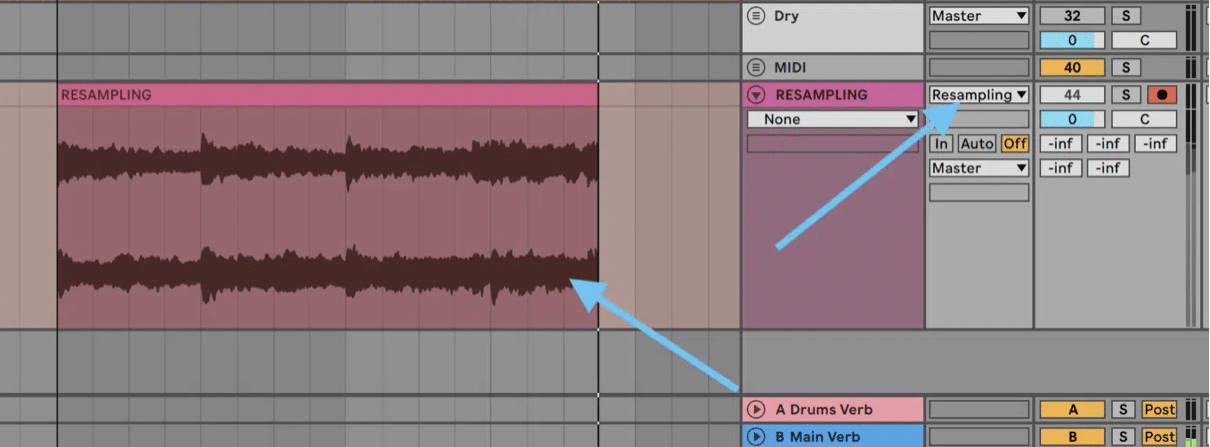
The art of resampling your own loops involves:
- Taking a loop you’ve crafted
- Processing it
- Then sampling it again
This technique allows you to introduce variations and complexities in your song.
As well as makes the loop sound richer and more intricate.
It’s like refining gold 一 each step making it shine just a little bit brighter.
By mastering these advanced looping techniques, plus other new ideas, your looping skills will transcend the ordinary, and make people really take notice of your songs.
What Are Loops in Music: Final Thoughts
Loops are more than mere repetitive sounds 一 they’re a unique opportunity to make your tracks top the charts.
Harnessing the power and flexibility of loops will not only elevate your music production game but also provide you with endless opportunities to craft legendary beats.
But hopefully, after this article, you’ll never have to ask “what are loops in music” again.
Speaking of which, if you’d like to implement everything you’ve just learned, then you need to utilize these Free Guitar Loops.
With 7 high-quality guitar loops accompanied by matching audio & MIDI stems, it’s an invaluable resource for producers at any level.
These loops offer the perfect canvas to apply the techniques and tips discussed.
As well as move you towards creating tracks that resonate, captivate, and, most importantly, stand out.
In the end, remember that music is an evolving entity.
And, as producers, our job is to continuously learn, adapt, and innovate.
Loops, with their flexibility and transformative potential, are just one tool in our expansive arsenal that you need to master.
So, go ahead and get creative; the sky isn’t even the limit.
Until next time…







Leave a Reply
You must belogged in to post a comment.